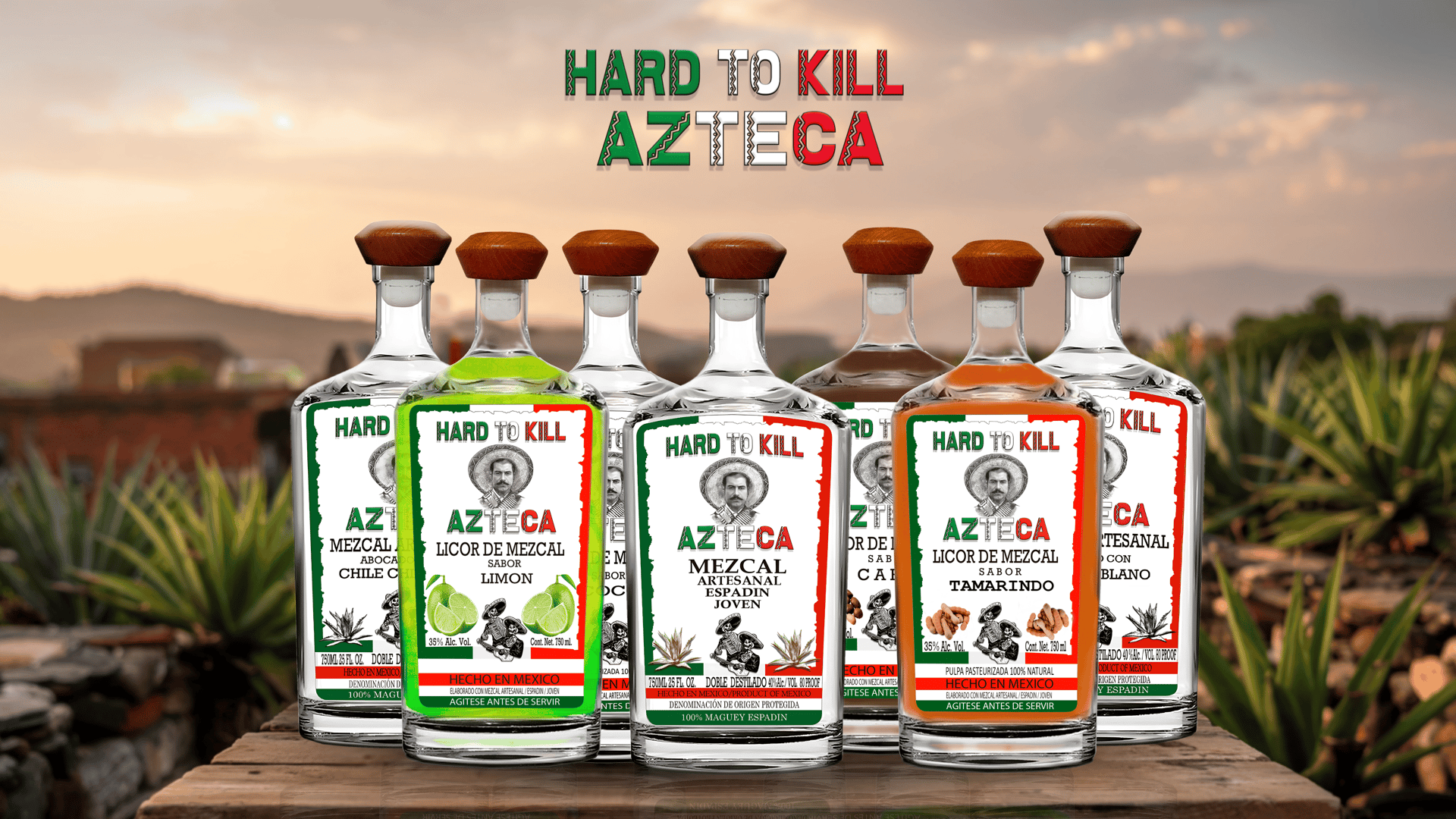
ARTISANAL PROCESS
Where every drop is a ritual.
Five steps, one sacred spirit.


1. Harvest (Jima)
The journey begins in the sun-drenched agave fields. Only mature Espadín agaves, aged for up to 8–10 years, are selected by skilled jimadores. With practiced hands and sharp coa blades, they strip away the spiky leaves, revealing the precious heart—the piña—the soul of mezcal. This ritual act of harvesting honors both the land and tradition, marking the start of transformation.
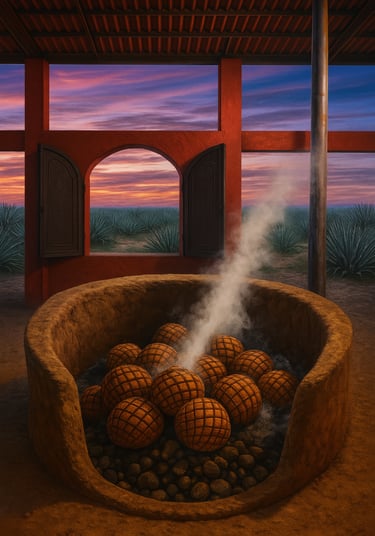

2. Slow Roasting in Stone-Earth Ovens
The freshly harvested piñas are piled into a conical underground stone oven and slow-roasted over a wood fire for several days. This ancestral technique infuses the agave with deep, smoky flavors, while softening the fibers for the next stage. The fire, earth, and time converge to awaken the spirit within each piña.
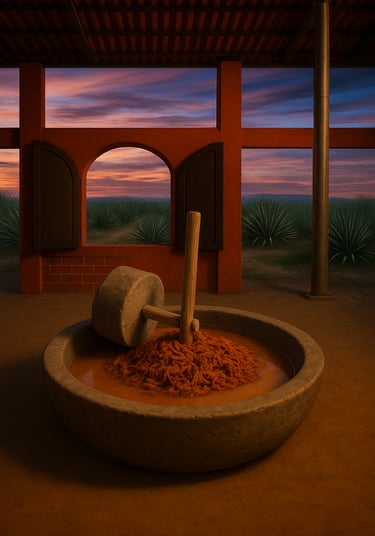

3. Grinding (Tahona or Shredder)
Once roasted, the softened agave is crushed to extract its fibrous, sweet juice. Traditionally, a tahona—a massive volcanic stone wheel—is used, pulled by human or animal force. Alternatively, modern shredders may be employed while still preserving the artisanal essence. This stage is where the agave offers its body—its essence—after releasing its soul through fire.
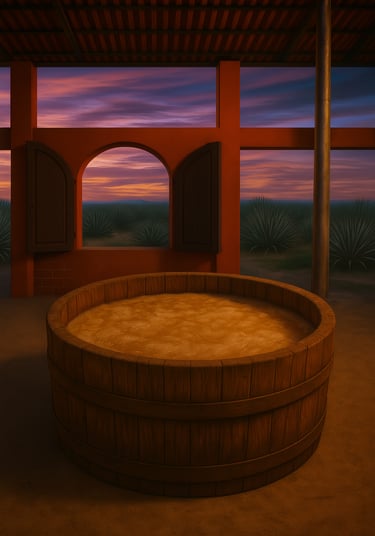

4. Natural Fermentation
The crushed agave is transferred to open-air wooden vats—usually oak or pine—where it ferments naturally. No artificial yeasts are used; instead, wild native yeasts from the environment initiate the transformation. This uncontrolled fermentation is deeply influenced by the weather, altitude, and local flora, resulting in a unique, living mezcal every batch.
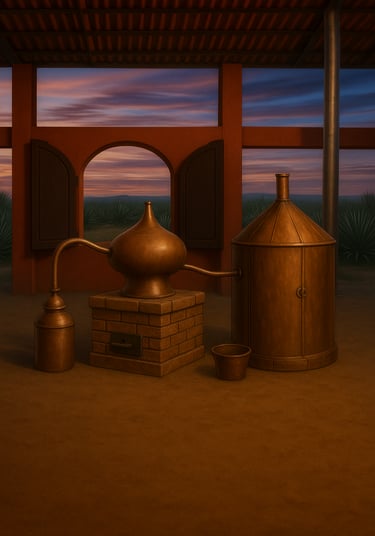

5. Copper Still Distillation
The fermented mash is twice distilled in copper stills, a process that refines the spirit, concentrates its character, and ensures purity. This double distillation enhances the boldness and balance of the final product, producing a mezcal that is both raw and elegant—an authentic reflection of its rugged origins and spiritual depth.
